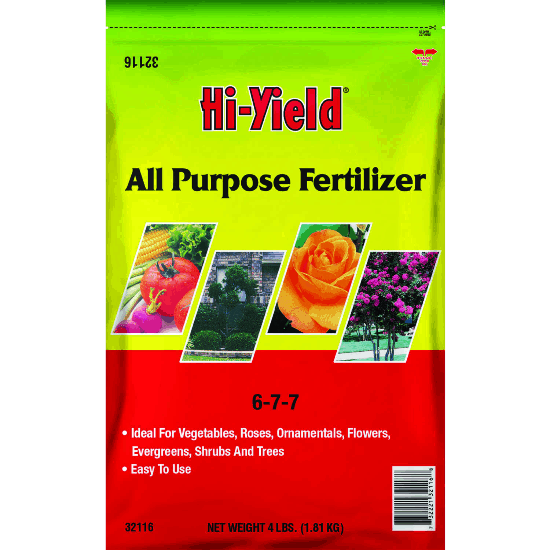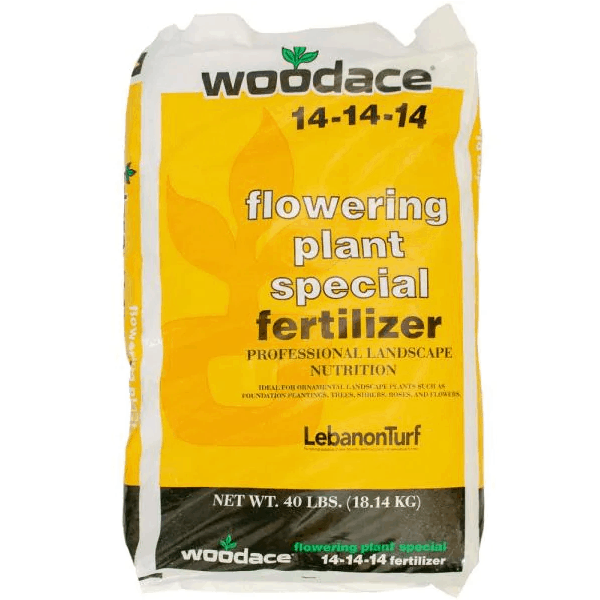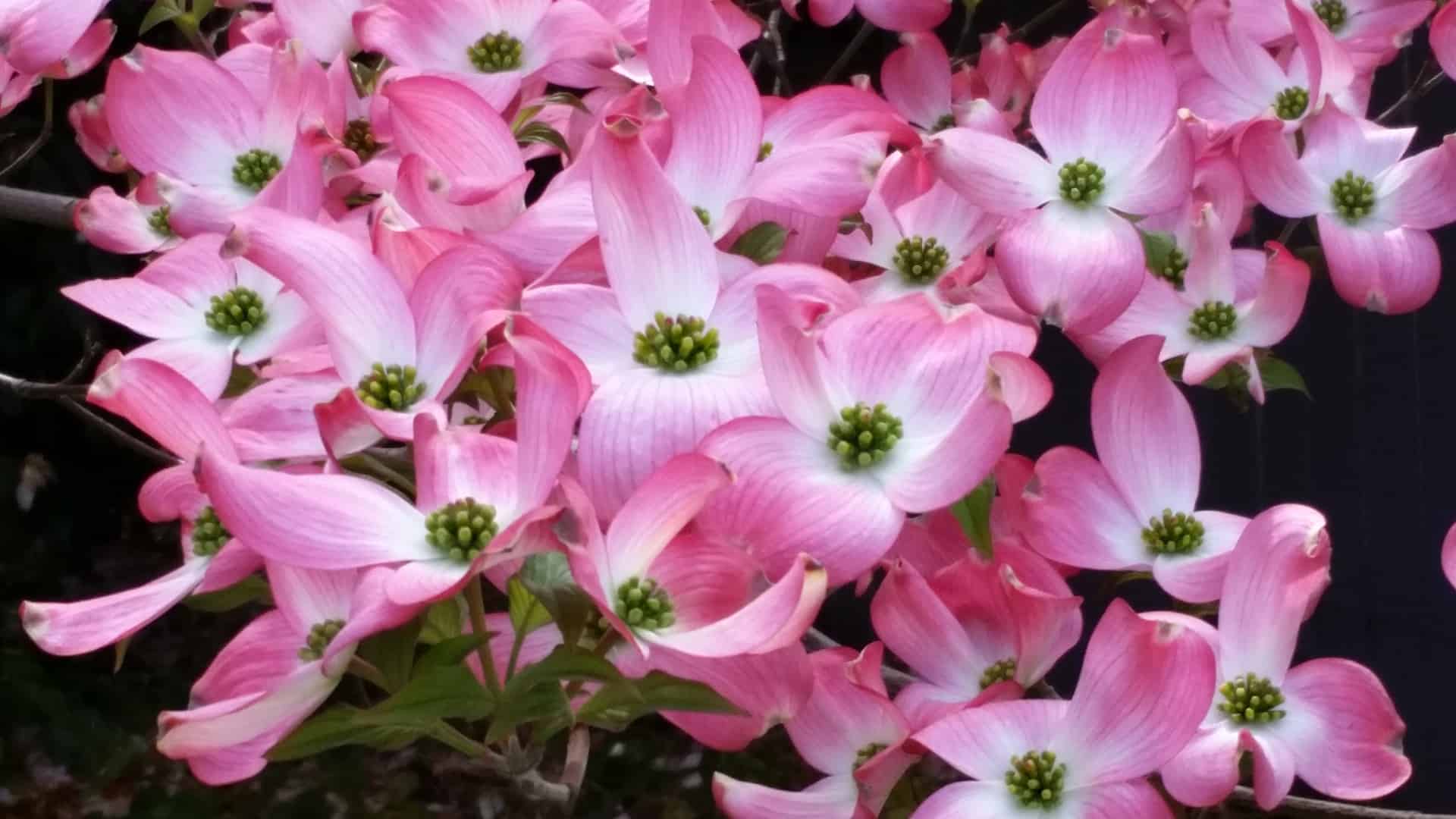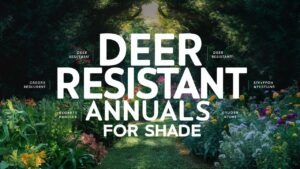Dogwood trees are a popular ornamental plant in many yards and gardens because of their beautiful flowers that bloom in the early spring. They grow well in most areas with little maintenance, but they do need to be fertilized annually. This post will discuss the best fertilizer for dogwood trees, dogwood fertilizer requirements, and how to diagnose and rectify dogwood tree problems.
Best Fertilizer for Dogwood Trees
Best Fertilizer for Dogwood Trees
TreeHelp Annual Care Kit for Dogwood
The TreeHelp Annual Care Kit for Dogwoods (Buy Online) provides everything you need to keep your dogwood healthy and looking great all year long. The kit includes one bag of premium fertilizer (1.5 kg), a mycorrhizal root treatment designed specifically for dogwoods, and a biostimulant that promotes overall tree health and vitality by stimulating the growth of beneficial microbes in the soil.
Overall, this is the Best Fertilizer for Dogwood Trees that will ensure that your dogwood continues to thrive in your yard for years to come.
BioAdvanced 701720A Science-Based Solutions No Spike Tree Care, 10 lb
BioAdvanced Tree & Shrub Feed (Buy Online) is a slow-release fertilizer that contains pesticides that protect dogwood trees from insect damage. This tree care solution controls over 20 different types of insects in all stages of life – eggs, larvae, and adults. All you need to do is apply this fertilizer once every 12 months for year-round protection against bugs that eat through leaves, bark, and roots.
Ferti-Lome Plant Food For Trees, Shrubs 20 lb.
Ferti-Lome Plant Food For Trees (Buy Online) is specially formulated to meet your dogwood tree’s exact needs by providing just enough nutrients throughout the year without any risk of burning its roots. This plant food will help you keep your dogwood healthy while also promoting flowering and vigorous leaf growth.
Ferti-Lome Plant Food For Trees will make your dogwoods bloom like crazy while also making sure they’re strong enough to survive through the winter so you’ll enjoy them for years to come.
This plant food has been used by professional landscapers for decades with proven results. It’s easy to use too – just sprinkle it on the soil around your tree once every six weeks during the spring and summer months and watch your dogwood tree take off.
Hi-Yield All Purpose 6-7-7 All Purpose Fertilizer

Hi-Yield All-Purpose Fertilizer (Buy Online) will ensure your dogwood tree has healthy blooms and vibrant foliage year after year. It has a balanced 6-7-7 NPK formula that’s perfect for a wide range of plants as well as shrubs and deciduous trees, which makes it ideal for almost any plant in your yard or garden. This fertilizer also contains water-soluble nutrients that are easily absorbed by the roots of plants to promote strong growth while also helping to prevent nutrient deficiencies so you’ll have fewer problems with pests or diseases.
Woodace Flowering Plant Special Fertilizer

Woodace Flowering Plant Special Fertilizer (Buy Online) has a 1-1-1 NPK ratio (nitrogen-phosphorus-potassium) with a controlled release formula, making it perfect for any size tree at any point in its life cycle.
Plus, Woodace Flowering Plant Special Fertilizer contains all the essential nutrients your dogwoods need to thrive while maintaining an optimal pH balance for absorption into their roots so you don’t have to worry about applying additional lime or other amendments.
Azomite Micronized Bag, 44 lb
Azomite (Buy Online) is the best trace fertilizer for dogwood trees because it has all of the nutrients that are normally lacking in marginal soils.
Azomite is mined from an ancient mineral deposit in the United States that has over 70 minerals and trace elements which makes it one of the most powerful natural fertilizers that you can use for soil remineralization.
Many dogwoods have been killed by over-fertilizing in the past, and some gardeners avoid fertilizers altogether for fear that their dogwood trees might get burned or die.
Azomite is a great alternative to regular fertilizer since it is a natural mineral supplement with all of the essential micronutrients your dogwood needs without any added nitrogen, phosphorus, or potassium.
The benefits of using Azomite as a fertilizer for dogwood trees include better growth, increased blooms, improved root system, and disease resistance.
Dogwood Fertilizer Spikes
The Old Farmer’s Almanac Tree & Shrub Fertilizer Spikes
Old Farmer’s Almanac Tree & Shrub Fertilizer Spikes (Buy Online) are an easy way to give your dogwoods all of the nutrients they need for one season at a time. Just hammer these spikes into the ground around your tree once per year in early spring when new growth begins. It’s that simple. These spikes release slow-release fertilizer over several months so you don’t have to worry about reapplying throughout the growing season as you would need to do with granules or liquids.
Jobe’s Tree & Shrub Fertilizer Spikes, 160 Count
Jobe’s Tree & Shrub Fertilizer Spikes (Buy Online) are pre-measured tree spikes that contain slow-release fertilizer for trees and shrubs. Simply drive them into the ground around a dogwood tree’s dripline early in spring before growth starts up again after winter dormancy.
They will provide a continuous supply of nutrients below the surface where the most active roots grow all season long. Each spike is packed with slow-release nitrogen (N), phosphorus (P), and potassium (K). And since there’s no messy runoff from these time-release fertilizer spikes, you won’t have to worry about losing fertilizer to wind or a strong rainfall.
Miracle-Gro Tree & Shrub Plant Food Spikes, 12 Spikes/Pack
Miracle-Gro Tree & Shrub Plant Food Spikes (Buy Online) will keep your dogwood trees thriving all year long by giving them the nutrients they need to grow strong roots that support lush foliage throughout the growing season. Plus, the spikes let you target areas where nutrients are needed most, so less fertilizer is wasted, and it’s less likely to burn the roots of surrounding plants.
Dogwood Fertilizer Requirements
Generally speaking, an all-purpose fertilizer or a high nitrogen 12-4-8 fertilizer is sufficient for dogwoods. It is important to remember that different plants have different requirements, and it’s a good idea to do a soil nutrient test before applying high nitrogen fertilizer, so you don’t end up burning your dogwoods root system
When To Fertilize Dogwood Trees
The best time to feed dogwoods is during the spring bloom before any new leaves emerge. However, if you are in a rush dogwoods can be fertilized as soon as the threat of frost has passed in your area.
How To Fertilize Dogwood Trees
There are a lot of great reasons to have dogwood trees in your yard. They produce beautiful flowers, attract wildlife, and provide shade for animals and people alike.
However, there is one thing that you may not know about these hardy trees; they need to be fertilized annually.
In the following sections, we’ll go over some simple steps that you can follow each spring when your dogwood trees break dormancy.
Step 1
The best fertilizer for dogwood trees is a high-nitrogen, time-released fertilizer that is made for trees and shrubs.
You’ll want to broadcast the fertilizer around the base of the plant in early spring just after the last frost, or as soon as you see flowers start to emerge.
Make sure you apply the recommended amount of fertilizer out towards the drip line of your dogwood tree so the roots can absorb the nutrients more effectively.
It’s also helpful to rake the fertilizer into the top layer of soil so it isn’t washed away by heavy spring rains.
Step 2
After you fertilize your dogwood tree, thoroughly water it with at least 2 inches of water to help release some of the nutrients immediately.
Step 3
In some locations, it might be necessary to apply a light dose of fertilizer halfway through the growing season. However, be mindful not to fertilize your dogwood tree in late summer or early fall since this can lead to new growth that inhibits dormancy and is prone to frost damage.
Dogwood Tree Problems
Why Are My Dogwood Leaves Turning Yellow?
There are two likely reasons why your dogwood leaves may be turning yellow. The first could be due to a lack of nitrogen in the soil, and the second could be related to an iron deficiency.
A nitrogen deficiency will cause the whole leaf to turn yellow. While an iron deficiency will lead to interveinal chlorosis where the veins of the leaf remain green while the leaf tissue turns light green to yellow.
Why Are My Dogwood Leaves Turning Red?
Leaf scorch is one of the most common problems that cause red leaves in dogwoods. C. Spot Anthracnose Fungus can also cause leaves to turn a red color in springtime, usually from late April to mid-May.
Red leaves can also be related to anthocyanin production in the early spring, but this usually goes away once temperatures start to warm up
Why Are My Dogwood Trees Not Blooming?
A lack of potassium and or phosphors in the soil could be responsible for your dogwood trees not blooming. Lack of sunshine can also be a cause, so make sure your tree has access to at least eight hours of light.
In addition, a dogwood tree not blooming might be indicative of an underlying problem with the tree which may stem from disease conditions such as an insect infestation, root rot, or fungal infection.
Why Are My Dogwood Leaves Wilting?
There are many potential reasons for wilted leaves on a dogwood tree. Some of the more common ones are drought, Leaf scorch, powdery mildew, sandy soil, and crown canker. There is also a possibility that your dogwoods could have been infected with Clubgall midge, but you would need to capture an individual midge to confirm this diagnosis.
Why Are My Dogwood Leaves Curling?
Aphids can cause dogwood leaves to curl. Leaf Scorch and Powdery Mildew are also common causes of curling dogwood leaves.
Understanding what you’re dealing with is the most important step in solving any problem. Below are the three most prevalent problems that will make leaves curl on dogwood trees:
Leaf scorch will start with leaves turning reddish-brown and they will eventually curl up before they fall off.
Powdery mildew will present itself as white spots on the leaves along with fungal hyphae spreading across the leaves.
The presence of aphids can be ascertained by inspecting the leaves for small black insects, or by looking for ants actively tending to the aphids on your trees. In most cases, an aphid infestation typically causes curled leaves on new growth while older leaves are less affected
Read More: What Eats Aphids – Natural Aphid Control
Why Are My Dogwood Flowers so Small?
First off, dogwood trees do not always produce the same size blooms from year to year. However, if your dogwood tree’s flowers are really small you may not be fertilizing your dogwoods enough. If your tree is getting sun and water, but the flowers are still small, you should try adding a high phosphorus fertilizer to see if it makes a difference.
Why Are My Dogwood Flowers Green?
Dogwood flowers start green and slowly change color as they fully develop. In the spring, new, unopened buds are a mixture of green and yellow. As the flowers open, they gradually change from yellow to orange-red. After flowering for about a week or two, new leaves start to grow at the base of the trees. Soon after that point in time, most flowers on dogwood trees are a mix of white and red.
Why Are My Dogwood Flowers Yellow?
Some dogwoods naturally produce yellow flowers. Lack of nutrients or disease can also cause yellow blooms, but this isn’t that common.












